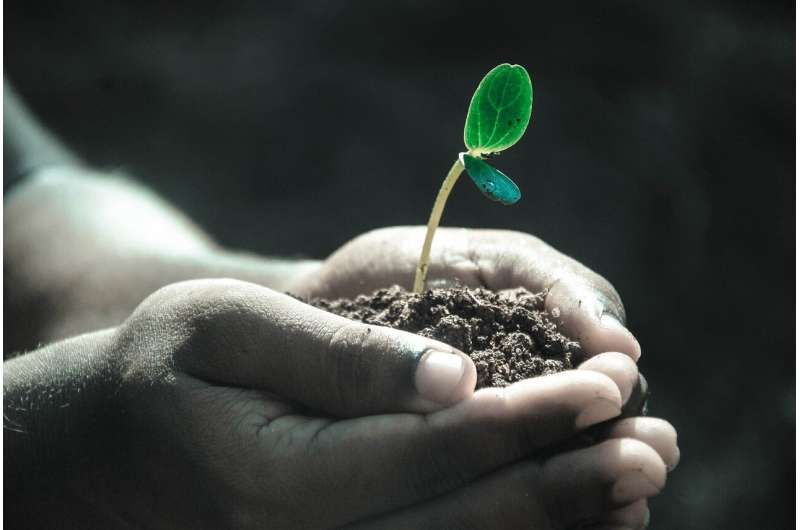Noninvasive plant stress phenotyping: A multi-organ approach to combat abiotic stressors

Noninvasive phenotyping has emerged as a vital tool in plant science, enabling the study of stress indicators without disrupting plant growth. While most studies have historically focused on analyzing stress responses in leaves, this novel research adopts a multi-organ view, assessing the dynamic interplay between leaves, stems, and roots when exposed to abiotic stress.
Given the global challenges posed by climate change and food security, such advancements are crucial for optimizing crop health and productivity.
A published in Plant Phenomics, facilitates a clearer understanding of how stress propagates through different plant systems.
The study introduces a multi-organ approach to monitor plant stress, focusing on how different vegetative parts—leaves, stems, and roots—perceive and respond to various abiotic stressors.
Leaves, exposed to the atmosphere, primarily reflect stress caused by air pollution and fluctuating light conditions. Stems, which facilitate the transport of water and nutrients, are particularly sensitive to temperature extremes, including both chilling and heat stress. Roots, embedded in soil, detect water deficits, waterlogging, and soil contamination, such as heavy metals.
To monitor these stress responses noninvasively, the researchers employed optical sensing techniques. Technologies like visible and near-infrared (NIR) spectroscopy, hyperspectral imaging, and advanced thermal imaging were used to capture changes in plant physiology and morphology.
The root system, which is harder to study due to soil opacity, was analyzed using advanced imaging methods like X-ray computed tomography (CT) and magnetic resonance imaging (MRI).
These tools provided a comprehensive assessment of plant stress at both macroscopic and cellular levels, facilitating a clearer understanding of how stress propagates through different plant systems.
According to the study's senior researcher, Dr. Lirong Xiang, "Understanding how different organs of a plant respond to stress not only provides critical insights into plant physiology but also paves the way for more targeted agricultural practices. This research represents a paradigm shift in how we monitor and interpret plant stress responses in real time."
The research has profound implications for agriculture and environmental management. By understanding stress responses across different organs, farmers and scientists can better predict crop health and intervene more effectively. For instance, monitoring stem water transport can offer early warning signs of drought stress, while root analysis can inform soil remediation practices.
The insights gained can also drive the development of more stress-resistant crop varieties, improving yields and food security in regions vulnerable to climate change.
More information: Libin Wu et al, Noninvasive Abiotic Stress Phenotyping of Vascular Plant in Each Vegetative Organ View, Plant Phenomics (2024).
Provided by Chinese Academy of Sciences


















